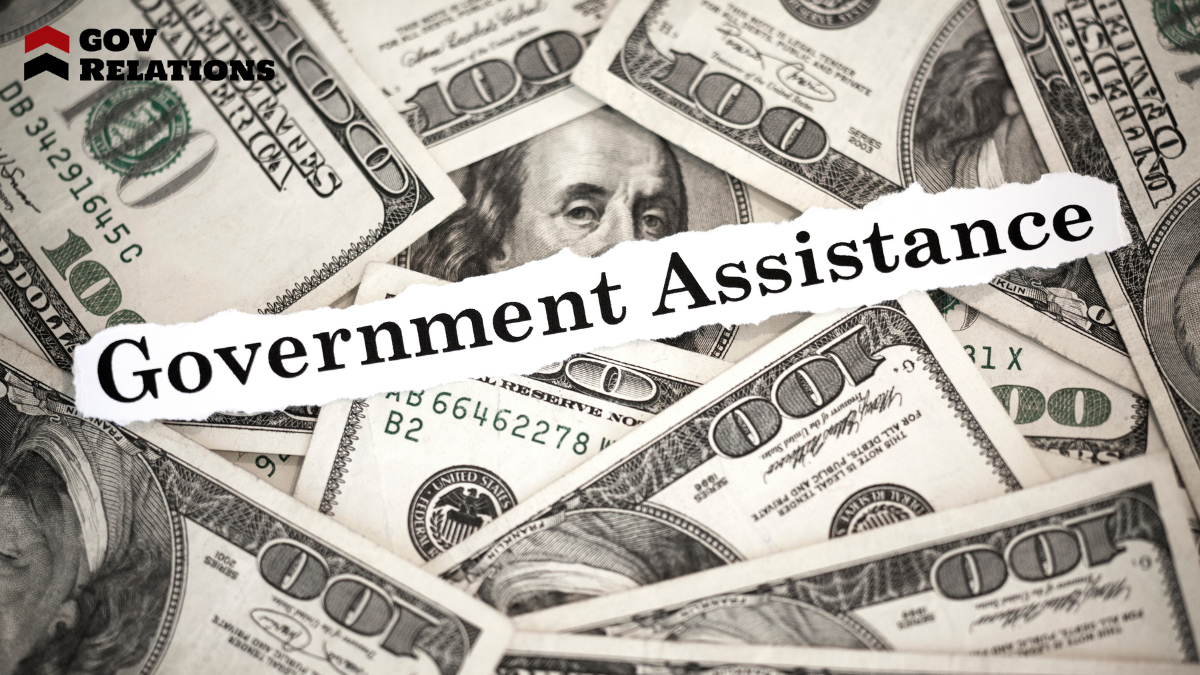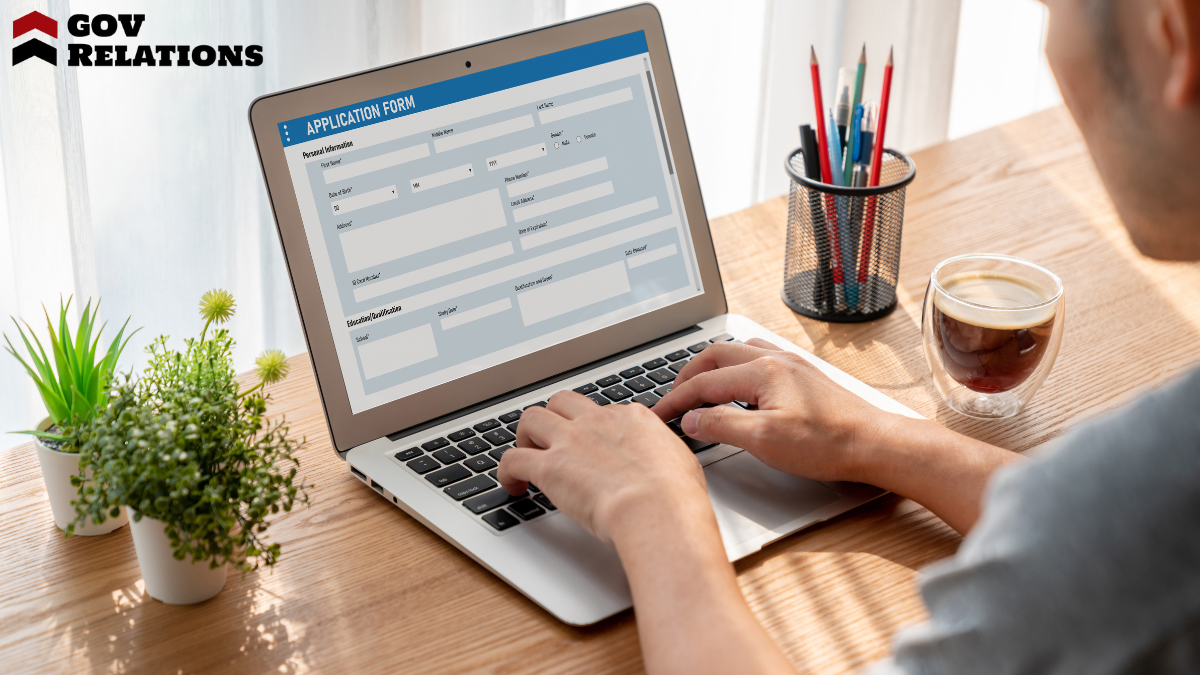When it comes to qualifying for free incontinence pads, we have several avenues to explore. It's vital to understand eligibility criteriaThe specific requirements and conditions that applicants must meet to qualify for a grant., such as income level, age, and medical necessity, and gather the necessary documentation. Government programs like MedicaidA joint federal and state program that helps with medical costs for some people with limited income ..., along with non-profits, can be invaluable resources. Health insurance policies and manufacturer programs might also offer solutions. Let's dive deeper into these options and discover how we can secure these essential supplies.
Key Takeaways
- Research eligibility criteria for government assistance programs and review necessary income and medical documentation.
- Contact local Medicaid offices to determine if state guidelines cover incontinence supplies.
- Reach out to non-profit organizations for free supplies, especially those partnering with medical supply companies.
- Check health insurance policies for incontinence supply coverage and gather required documentation.
- Explore manufacturer and retailer programs for special offers, samples, or discounts on incontinence pads.
Understanding Eligibility Criteria
To understand the eligibility criteria for free incontinence pads, we need to first explore the various programs and resources available. These programs often have specific requirements that we must meet to qualify. Typically, eligibility depends on factors like income level, age, and medical necessity.
We should gather any relevant documentation, such as medical records or proof of income, to support our application. Additionally, some programs may prioritize individuals with specific conditions or disabilities.
It's essential for us to review each program's criteria carefully, as they can differ greatly. We can usually find this information on the program's website or by reaching out directly to their support services.
Exploring Government Assistance Programs

While exploring government assistance programs for free incontinence pads, we should focus on the options available through federal and state initiatives.
Medicaid often supports individuals who qualify, depending on state guidelines. We can start by contacting our local Medicaid office to determine eligibility and the specific benefits offered in our area.
Medicare generally doesn't cover incontinence products, but some Advantage plans might, so it's worth checking with our provider.
State assistance programs might also provide resources. Let's reach out to our state's health department or agency on aging for guidance.
They can offer details on programs tailored to our needs. Understanding the requirements is key, and persistence pays off.
Together, we can navigate these options to secure the help we need.
Leveraging Non-Profit Organizations
Beyond government programs, non-profit organizations offer valuable resources for obtaining free incontinence pads. These organizations often focus on helping those in need by providing essential supplies at no cost.
We can start by researching local charities or community groups dedicated to health and wellness. Many have partnerships with medical supply companies or run donation drives specifically for incontinence products.
Let’s reach out to these organizations directly. They may have specific criteria, like income thresholds or medical conditions, which we need to meet. It’s helpful to explain our situation honestly and ask about available support.
Volunteering with these organizations could also open doors to additional resources. By taking the initiative, we can access much-needed products and support within our community.
Utilizing Health Insurance Benefits
Maneuvering health insurance benefits can be a key strategy in securing free incontinence pads. Let’s begin by reviewing our insurance policy. We need to check if incontinence supplies are covered under durable medical equipment or another category.
If it’s unclear, we should contact our insurance provider directly for clarification. Asking specific questions about coverage and potential requirements, like a doctor’s prescription, helps us gather necessary information.
Next, we should consult our healthcare provider. They can assist in providing documentation or prescriptions that might be required by our insurance plan.
It’s essential to keep records of all communications, claims, and approvals to streamline the process. By being proactive and informed, we can maximize our health insurance benefits effectively to obtain needed supplies.
Applying for Manufacturer and Retailer Programs

After reviewing our health insurance options, exploring manufacturer and retailer programs can further help us access free incontinence pads.
Many companies offer programs designed to assist with the cost of these essential products. Here's how we can get started:
1. Check Manufacturer Websites****: Many manufacturers have special offers or samples available directly through their websites.
Signing up for newsletters can also alert us to upcoming promotions.
2. Visit Retailer Programs: Large retailers often have loyalty programs or discount clubs offering exclusive deals on incontinence products.
Joining these can provide us with significant savings or even free samples.
3. Contact Customer Service: Reaching out to manufacturers and retailers can sometimes yield additional offers or lesser-known programs.
Don’t hesitate to ask about any available assistance or discounts.
Frequently Asked Questions
Can I Receive Free Incontinence Pads if I'm Living Outside the United States?
We acknowledge your question about receiving free incontinence pads while living outside the United States. Eligibility often depends on local healthcare programs. Let's check your country's specific resources or contact local health departments for guidance.
Are There Any Age Restrictions for Qualifying for Free Incontinence Pads?
We should check each program's guidelines, as some might have age restrictions while others don't. Generally, many programs focus on need rather than age. Let's explore local options together to find what suits you best.
What Documents Do I Need to Prove My Incontinence Condition?
We need to gather medical records or a doctor's note confirming our incontinence condition. These documents help verify eligibility. Let's make certain they're up-to-date and clearly state our need for incontinence products to qualify for assistance.
How Often Can I Apply for Free Incontinence Pad Programs?
We can apply for free incontinence pad programs as often as their guidelines allow. It's essential to check each program’s specific rules and conditions, as they might have different application periods or frequency limitations.
Are There Specific Brands Offering Free Incontinence Pads?
Let's explore which brands offer free incontinence pads. We can check specific company websites or contact their customer service for details. They often have programs to support individuals in need. Let's find the best options together!
Conclusion
Let's guarantee we make the most of available resources to get free incontinence pads. First, we'll assess our eligibility by reviewing income, age, and medical needs, and gather any necessary documents. Then, we'll explore government programs like Medicaid and state resources. We'll also reach out to non-profits focused on health and check our insurance coverage. Finally, let's not forget to contact manufacturers for special offers. Together, we can navigate these options effectively.







